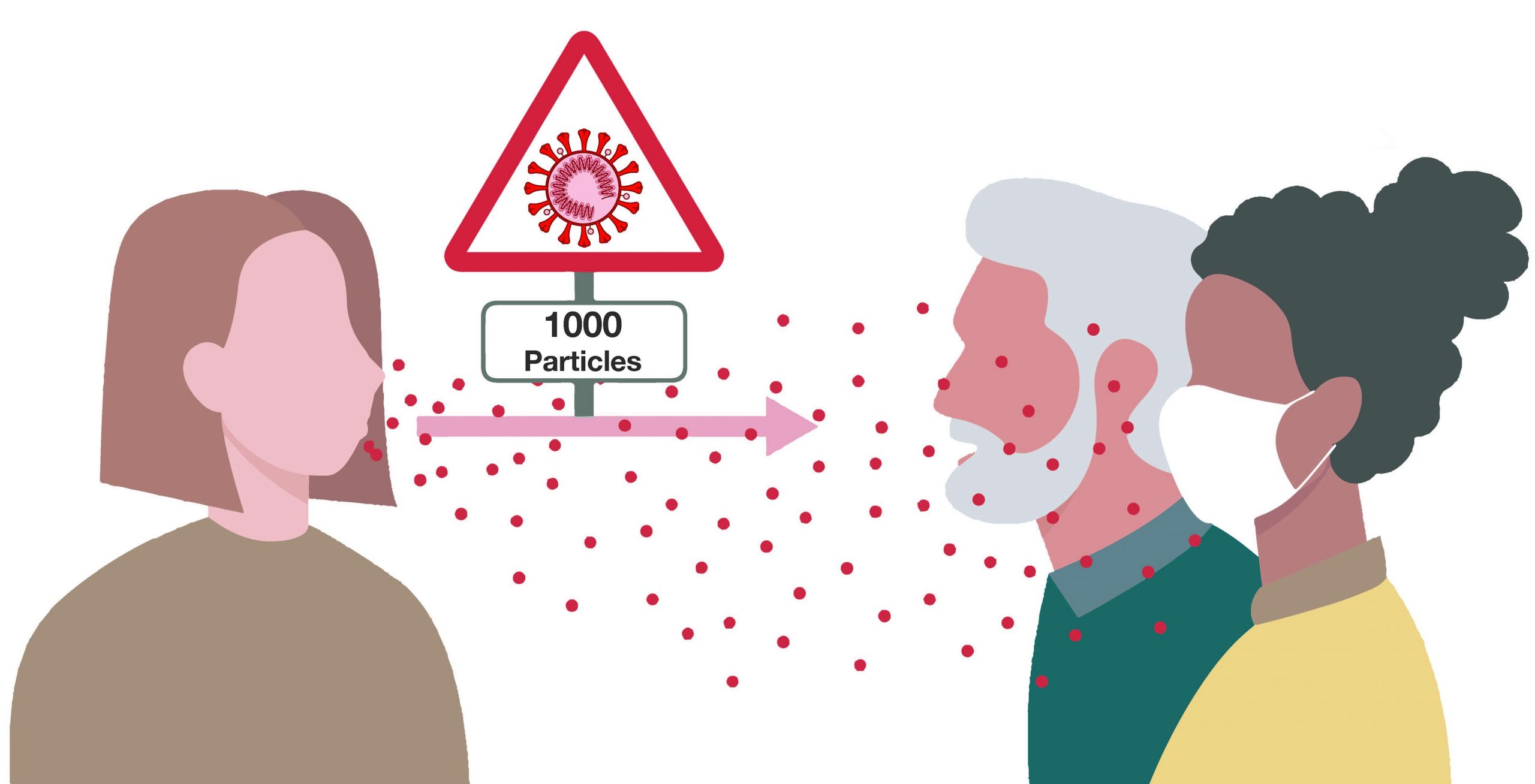
In the search for vaccines and therapies, a precise understanding of the virus, its mutations and transmission mechanisms is crucial.
A recent study by the research group of Principal Investigator Andreas Bergthaler at the CeMM Research Center for Molecular Medicine of the Austrian Academy of Sciences, in the renowned journal Science Translational Medicine, makes an important contribution to this.
The high quality of epidemiological data in Austria, together with state-of-the-art virus genome sequencing, has supported unprecedented insights of the mutation behavior and transmission of the SARS-CoV-2 virus.
Together with the Austrian Agency for Health and Food Safety (AGES) and in cooperation with numerous universities and hospitals all over Austria, scientists are working on drawing a more precise picture of the virus mutations and transmissions that occur by genome sequencing of SARS-CoV-2 viruses.
Under the leadership of CeMM Principal Investigators Andreas Bergthaler and Christoph Bock, 750 samples from important SARS-CoV-2 infection clusters in Austria such as the tourist town of Ischgl and Vienna were phylogenetically and epidemiologically reconstructed and their role in transcontinental virus spread was analyzed.
The results also provide important information on transmission and the development of mutations in the SARS-CoV-2 virus.
“This example illustrates how contact tracing and virus mutation analysis together provide a strong pillar of modern pandemic control,” says project leader Andreas Bergthaler.
Within 24 days, the SARS-CoV-2 virus spread in the greater Vienna region via public and social events in closed rooms”, say the CeMM study authors Alexandra Popa and Jakob-Wendelin Genger.
The precise breakdown of the transmission chain enabled the scientists to closely observe the development of a new mutation of SARS-CoV-2.
“Thanks to excellent epidemiological and our deep virus sequencing data, we could follow how the SARS-CoV-2 virus mutated in one individual and was then transmitted to others,” explains Andreas Bergthaler.
This may help in the future to assess whether treatments influence the mutation characteristics of the virus.
Andreas Bergthaler adds: “Yet, occasionally we also found infected people who apparently came into contact with fewer virus particles and still became infected.
Reducing the viral load of infected individuals by a combination of measures such as mouth-nose protection, physical distance and adequate indoor air exchange could play a key role in both preventing the spread of the virus and possibly even influence the course of the disease.
The current study based on data collected during the early phase of the SARS-CoV-2 pandemic in spring 2020, provides important insights into the fundamental dynamics of SARS-CoV-2 mutations within patients and during transmission events.Wolfinger, Dorothee von Laer, Giulio Superti-Furga, Nuria Lopez-Bigas, Elisabeth Puchhammer-Stöckl, Franz Allerberger, Franziska Michor, Christoph Bock and Andreas Bergthaler, 23 November 2020, Science Translational Medicine.